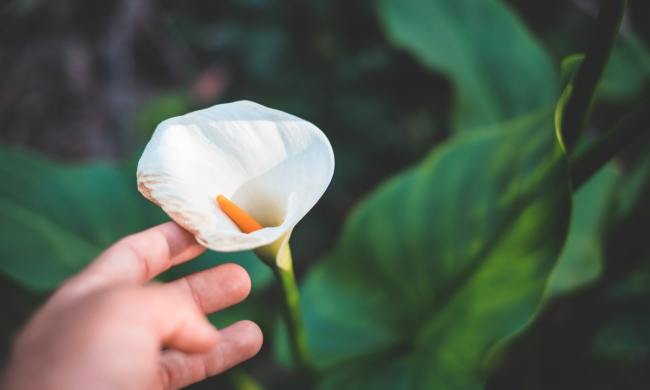
Plants get most of their nutrients from the soil and the sun, but they’ll need a boost in some cases. Whether you’re amending soil outside or boosting plants in your home, the right nutrients are key to long health. Natural plant foods are best, and these top choices for best plant foods will help give your plants a new lease on life.
Instead of using synthetic fertilizers that can have unintended side effects for your plants or the surrounding environment, a natural plant food uses simple, gentle ingredients for better performance. They’re safer to use and help keep your plants thriving naturally. Let’s find the right one for your plants.
Miracle-Gro Performance Organics All Purpose Plant Food
Best Plant Food Overall

This plant food provides all-around fertilizer for multiple types of plants. It's an 11-3-8 mixture and enhanced with micronutrients in an easy to measure formula. You only need to deliver this once a week to have thriving plants even indoors.
Joyful Dirt All Purpose Organic Plant Food And Fertilizer
Best Plant Food Shaker

This shakable fertilizer provides a simple way to ensure your plants have continuous food. You can also mix it with water to add some simple nutrients to your indoor plants. It contains Mycorrhizae and other nutrients to bolster the roots and ensure that they use water efficiently and remain healthy.
Espoma Company Organic Indoor Plant Food
Best for Indoor Plants

For an easy-to-use indoor plant food, this simple solution uses a handy dispenser for just the right amounts. It's organic and designed as an all-purpose fertilizer specifically for the needs of indoor plants. It's a 2-2-2 blend and mixes with your water to make dosing easy. Use every two to four weeks for healthy, thriving plants.
FoxFarm Liquid Nutrient Trio Soil Formula
Best Multi-stage Pack

Fox Farm's liquid nutrients provide all-stage feeding for thriving, mature house plants. It offers a blend to support green growth, one to support during blooming season, and one to help root repairs and encourage overall health. They're easy to use and come in a complete set so that your plants always have what they need.
Plant food doesn’t have to be complicated. Using naturally sourced nutrients for your plant foods help them grow and repair while ensuring there are no unintended side effects from harsh, synthetic fertilizers. These choices on our list are the best place to start for ensuring your plants thrive.


